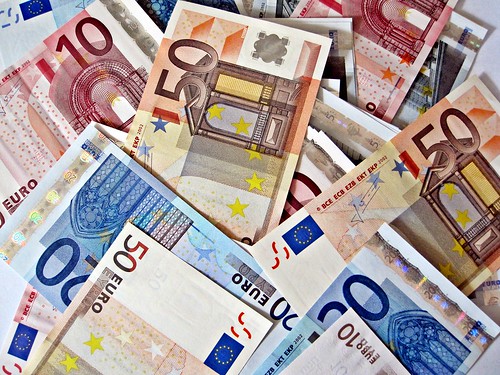
Over the past year, Europe has enjoyed calm financial markets. At the core of the market’s comfort were two assumptions about policy. First, that the European governments would do just enough to keep the process of European integration moving forward. Second, that the ECB would, in the words of Mario Draghi, do “whatever it takes” to save the euro. The centerpiece of the ECB’s subsequent efforts was expanded liquidity (through long-term repurchase operations and easier collateral requirements for banks to access ECB liquidity) and a commitment to purchase government bonds to support countries return to market (the OMT program). Even many pessimists who fear that Europe is trapped on a unsustainable, low-growth trajectory remain optimistic that Europe will do what it takes to navigate the near term risks. It may be time to question that optimism.
As many have noted, there is an increasing sense of adjustment fatigue in Europe, reflected in pressure on governments and the rise of anti-austerity, anti-establishment parties across the Eurozone. In rhetorical terms, Europe has responded, and fiscal policy looks likely to be broadly neutral in the year ahead. However, an overall fiscal relaxation that is needed in the euro area as a whole looks unlikely, as peripheral countries can’t afford much additional spending, while the core countries that can spend more seem disinclined to.
